Project Indigo: Adobe's Experimental iPhone Camera App
Adobe recently released Project Indigo, an experimental camera app for the iPhone developed by their Nextcam team, featuring big names like Marc Levoy (previously involved in Pixel camera development) and Florian Kainz as lead architects.
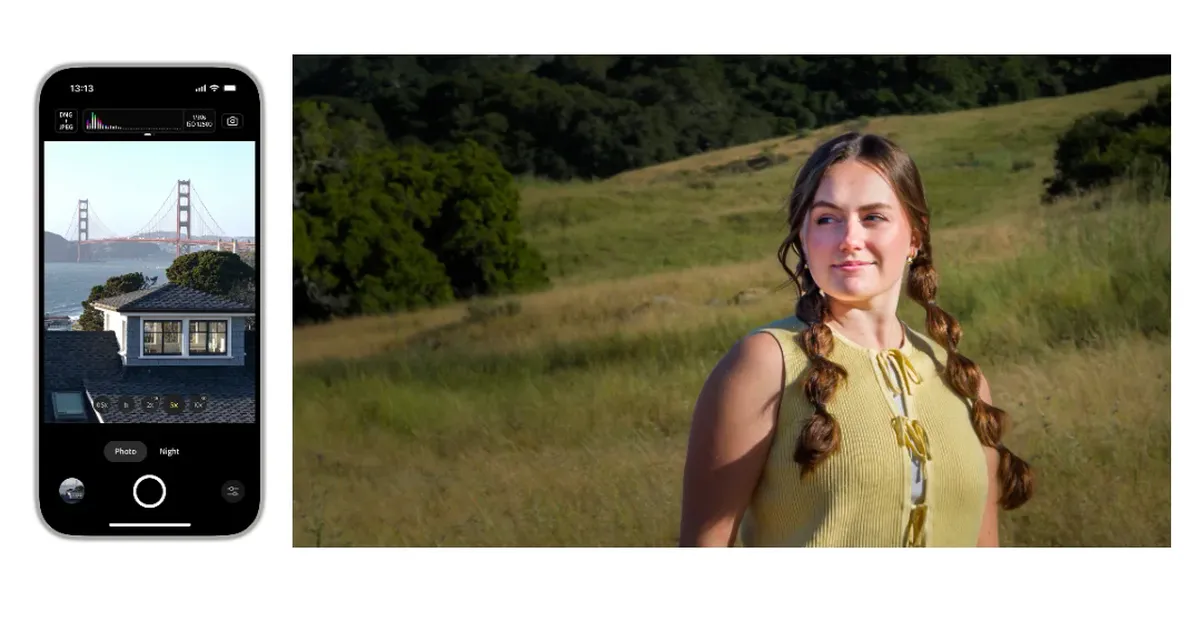
Project Indigo is a concrete proof of Adobe’s commitment to bringing premium computational photography technology to the iPhone. The image results look much more natural compared to the built-in camera app, complete with pro controls and RAW output.
Multi-frame Capture up to 32 images Instead of capturing a single photo, Indigo quickly records up to 32 frames per shot. This method allows algorithmic combination to produce high-resolution photos with noise reduction and a wider dynamic range.
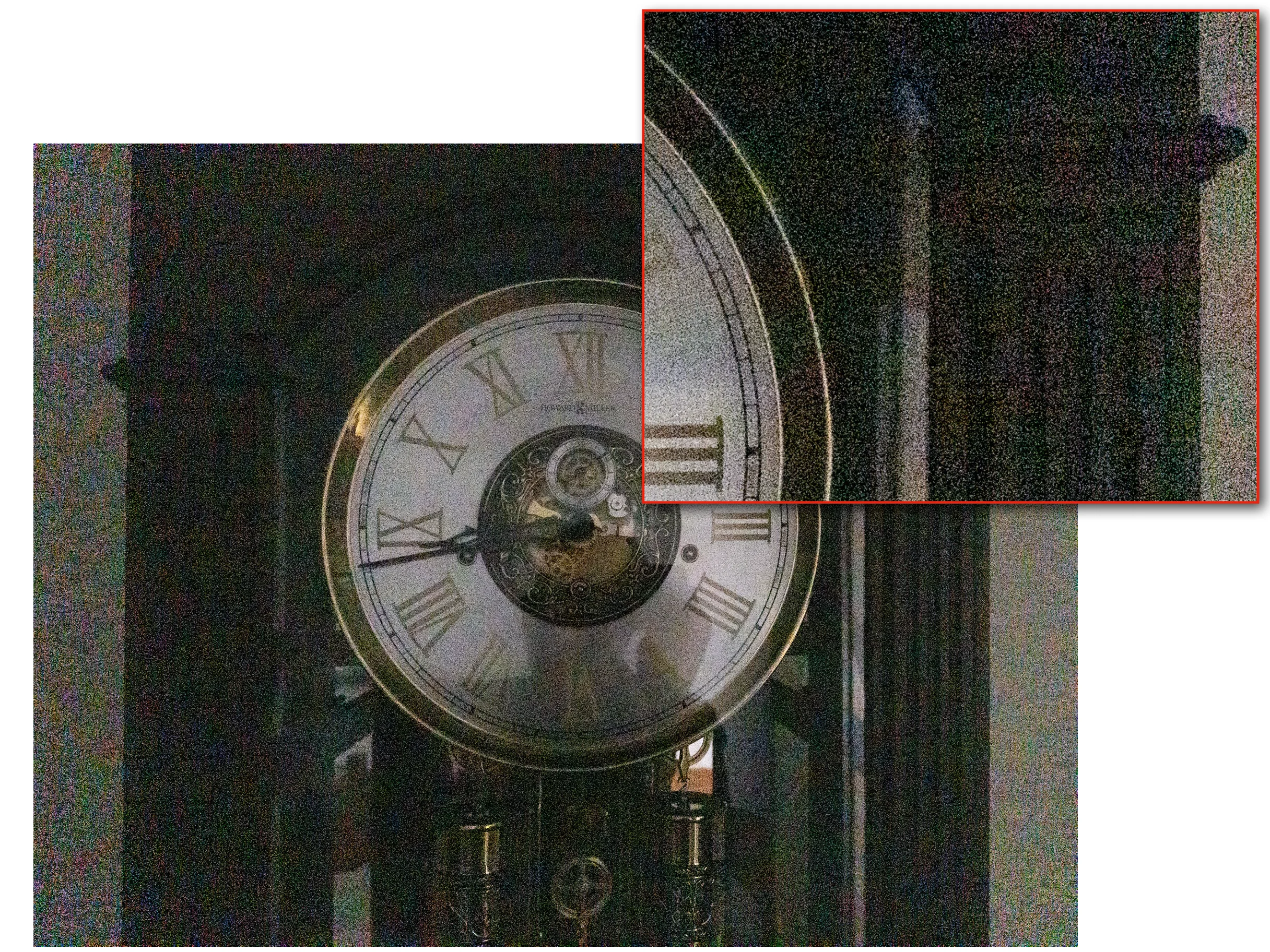
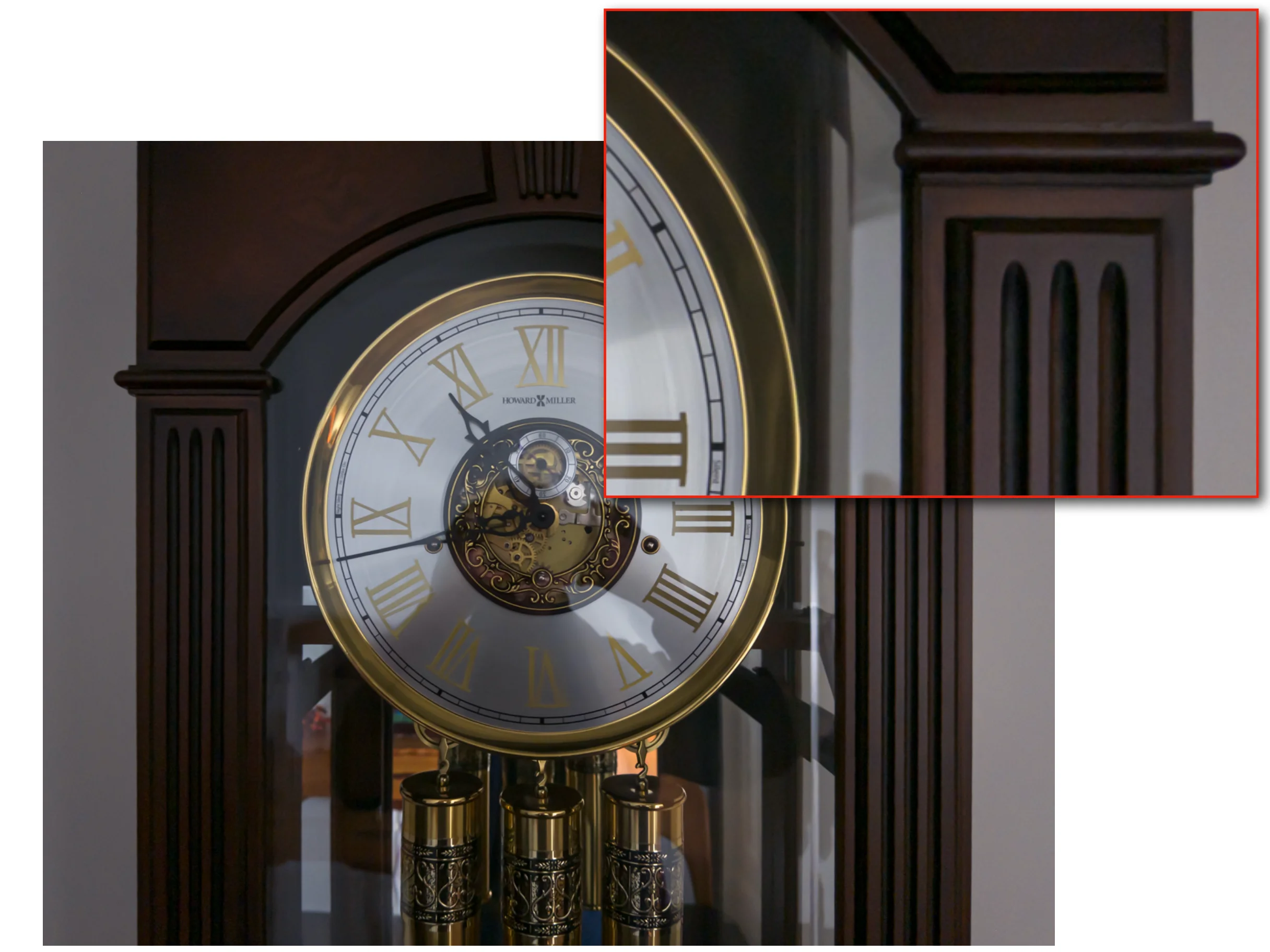
Natural and SLR-like Photo Results With slightly lower exposure and minimal processing without oversharpening or oversaturation, the photo results look more realistic, close to DSLR quality, even in JPEG or RAW (DNG) format.
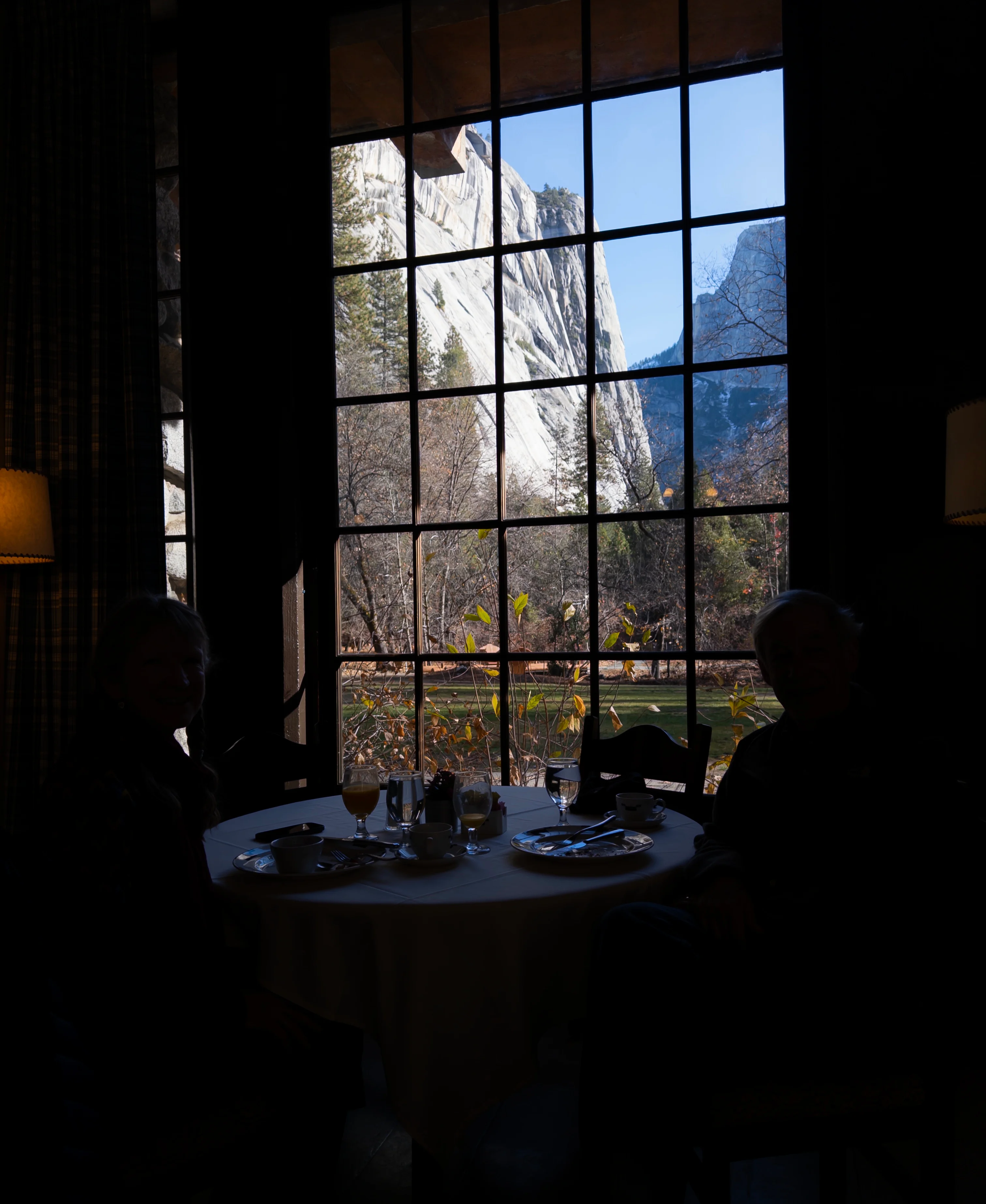
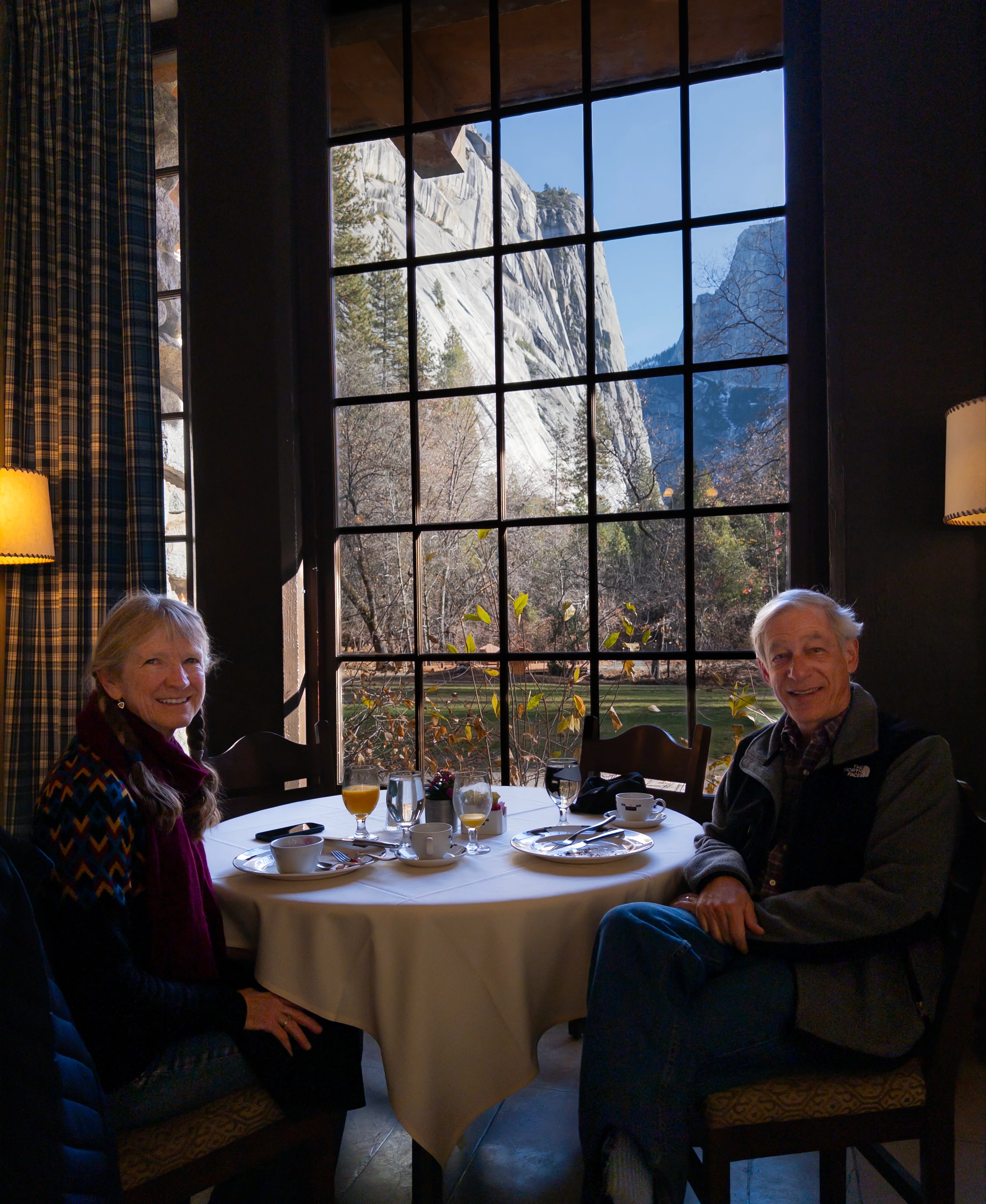
Multi-frame Super-Resolution on Zoom Indigo combines multiple images at various zoom levels, utilizing natural hand shake to produce sharper detail when performing computational digital zoom.
Users can adjust parameters such as focus, shutter speed, ISO, exposure compensation, and white balance through an easily accessible interface. For night mode, users can also specify the number of frames to combine, as well as activate Long Exposure for smooth motion effects.
Photos from Indigo can be opened directly in Lightroom Mobile, whether JPEG or DNG, allowing for advanced editing. Indigo even stores two looks in one file: SDR and an HDR hybrid, so the photo can adapt according to HDR display support.
Although still experimental and facing performance challenges, this app is suitable for users serious about photo quality and prioritizing editing flexibility. If you are an iPhone 12 Pro or later user (recommended iPhone 15 Pro or newer), Indigo is worth trying.
